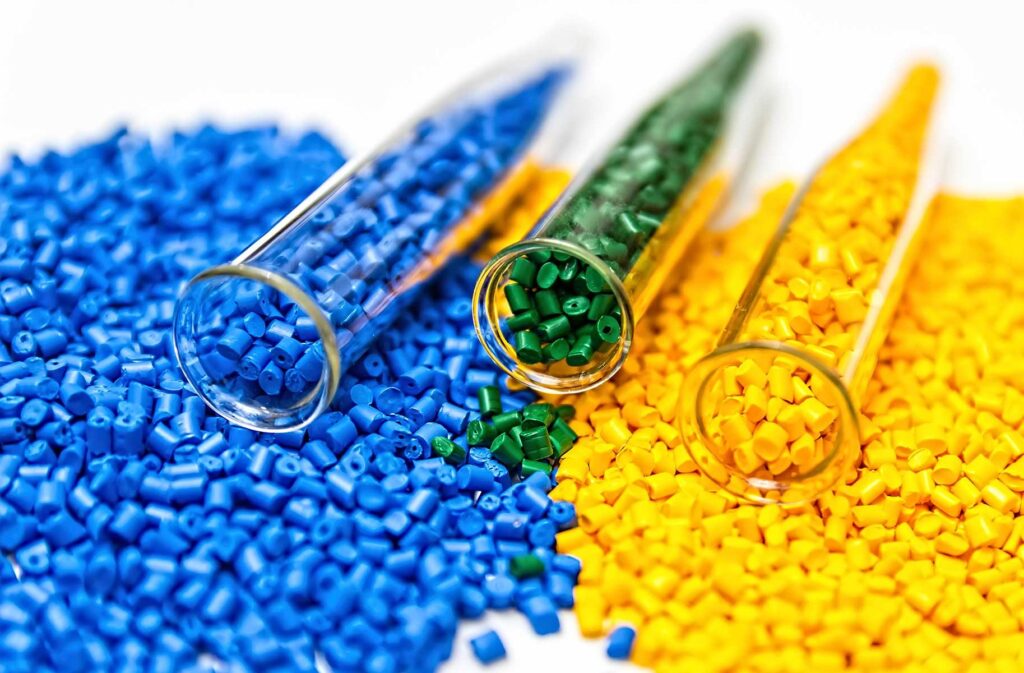Plastic Industry Impact and Innovation
Plastic industry is an ever-evolving sector that has been revolutionizing the way goods are created and used. This sector is responsible for the production of a wide range of products, from packaging materials to medical devices, and its importance cannot be understated. It is estimated that the global plastic industry produces over 200 million tons of plastic each year.
Plastics offer a variety of benefits to businesses, consumers, and the environment. They are cost-effective, durable, lightweight, and can be produced quickly and in large quantities. Additionally, plastics can be molded into a variety of shapes and sizes, allowing for greater flexibility in product design.
The global plastic industry has seen impressive growth over the past several decades. Technological improvements have made it easier for companies to produce more efficient and cost-effective products. In addition, the development of bioplastics has opened up a new realm of possibilities for companies looking to reduce their environmental impact.
As the demand for plastic products continues to grow, it is essential that companies in this sector remain innovative and committed to sustainable practices. Companies must also look towards ways to reduce their own waste output while continuing to produce high-quality products at an affordable price point.
Plastics, also called elastomers, are materials manufactured as a result of chemical reactions, organic materials derived from petroleum, and carbon is the main component in their composition.
Plastic is made from the chemical union of materials such as: petroleum, coal, water, air, limestone, salt and others under specific conditions to produce the required material.
After that, these granules or powder are converted into the final plastic product by multiple plastic manufacturing companies, using many methods of injection, extrusion, blowing, and others.
The history of plastics
The first plastic material was discovered in 1868, and its name was (celluloid) by John Wessely.
The second plastic material was discovered in 1909 and its name was (phenol formaldehyde) by the scientist Leo Buckland.
Raw materials for the plastics industry
Plastic consists of ethylene, which is an organic gas and consists scientifically of two atoms of carbon and four atoms of hydrogen, and it is symbolized by the formula: C2H4, and one of its components is also an oil derivative, which is used in the manufacture of polyethylene, which is one of the most popular types of plastics.
Charcoal is also used in its manufacture because it contains carbon in a large proportion. Carbon is the material that constitutes the active ingredient in the polymer industry, and some materials are added to it in order to give it certain properties such as softness, flexibility and transparency.
Uses of plastic
Plastic compounds are used according to their properties for many and varied purposes according to the specifications of different needs, but the uses of plastic can be limited to five main fields, which are:
Plastic uses in packaging:
Where plastic industry is included in almost all types of packaging in consumer markets, schools, hospitals, and for all things liquid, hot and cold, etc.
The uses of plastic in the world of aerospace: Plastic has entered the world of space strongly, as planes, space ships, and space shuttles have become parts of plastic that are worse in the external structure or in the internal components.
Uses of plastic in building and construction:
Plastic is now included in the construction of all different buildings and the requirements for their processing for different purposes.
Uses of plastic industry in transportation: Plastic has now become one of the pillars of transportation in cars, trucks, ships, boats and airships, which all contain plastic in their composition.
Uses of plastic in electronics: Plastic also participates in the electronic revolution and globalization, as no electronic device or machine is ever devoid of plastic.
Properties and distinctive uses of plastic
The properties and distinctive uses of plastic industry are: light weight, healthy, easy to use, low cost, steel that can withstand atmospheric pressure, economical fuel cost, long durability, high flexibility for installation, high performance, high durability to weight, heat and electricity insulation, insurance against Water, dust, rust, corrosion…etc.
The advantage of plastic
The main reason for the amazing spread of the uses of plastic products in our lives is the combination of multiple properties in one plastic material. For example, the characteristics of strength, flexibility, hardness, light weight and transparency can all come together in one plastic material, which makes it suitable for several different uses, while other materials have both It has a unique feature.
Plastic damage and defects
1- Difficulty repairing.
2- It may give off an unpleasant odor.
3- Not tolerating high temperatures.
4 – Exposure to breakage and damage.
properties of plastic industry
Plastic has many properties and we will show some properties of plastic materials
Polystyrene PS:
Material properties: – hard – rigid – breakable – has electrical properties (excellent electrical insulation) – low water absorption – has accuracy in dimensional stability – shiny – clear as glass – easy to color – tasteless and odorless
Resistant to: – acids – alcohols – oils – fats – salt solutions
Not resistant to: – gasoline – petrol– many organic solvents
Drying the material: – not necessary
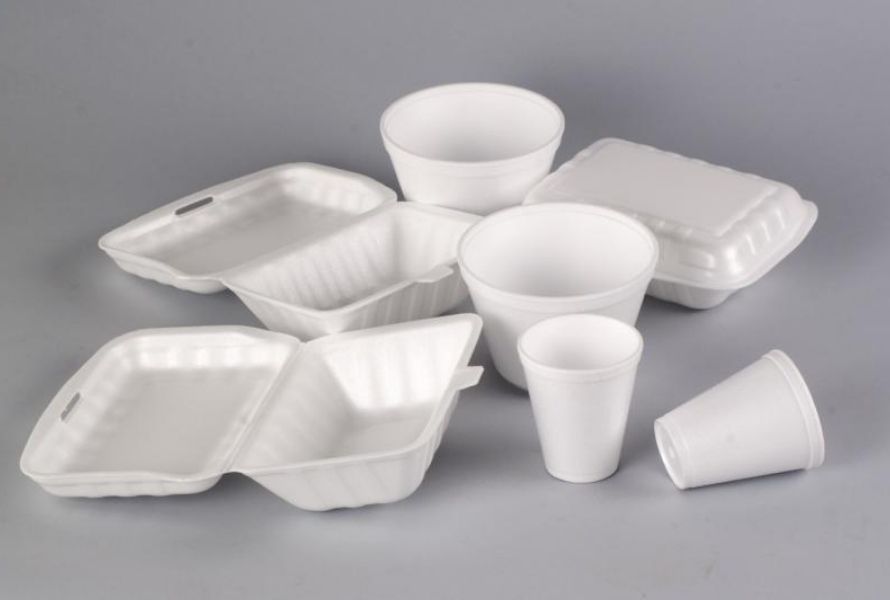
Anti-shock polystyrene (Hips)
Material properties: – hard – rigid – unbreakable – can be colored only in dark colors – it has a higher water absorption rate than regular polystyrene.
Resistant to: – acids – alkalis – oils – fats – salt solutions
Not resistant to: – gasoline – benzene – many organic solvents
Drying the material: – not necessary
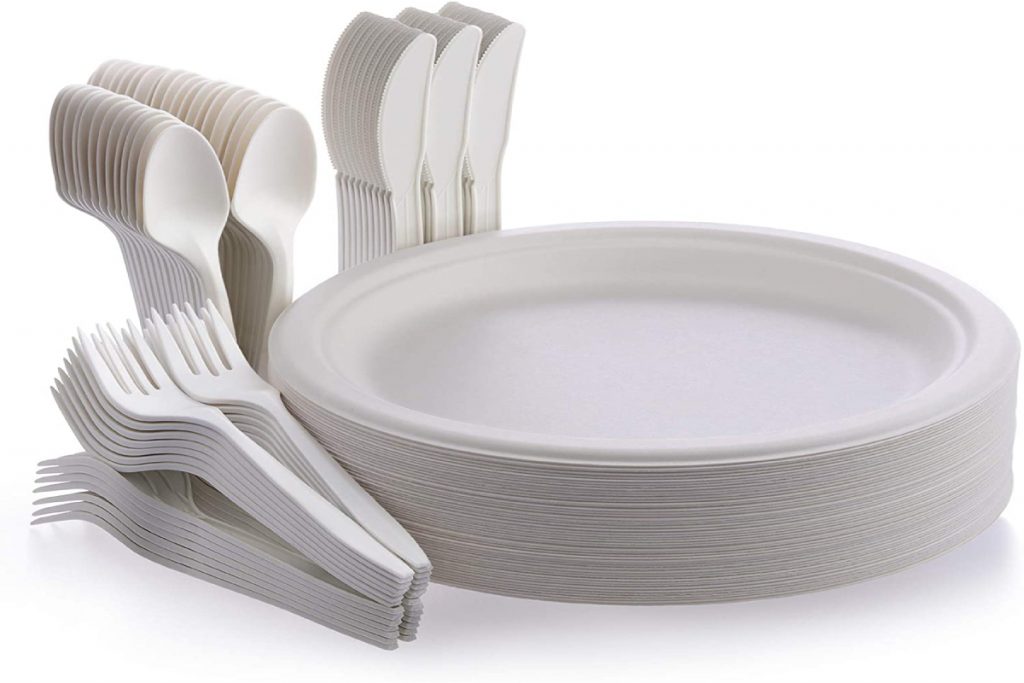
Styrene Acrylonitrile Copolymer (SAN):
Material properties: – hard – rigid – resistant to thermal shock – stronger than polystyrene – clear as glass, transparent or opaque – can be easily colored – higher water absorption than polystyrene – harmless to health – easy to bond and weld.
Resistant to: – acids – alkalis – oils – fats – alcohols – gasoline – salt solutions
Not resistant to: – petrol– many organic solvents
Drying the material: – not necessary

Acrylonitrile Butadiene Styrene (ABS):
Material properties: – hard – dry – resistant to thermal shock and resistant to high or low temperatures, according to its type – opaque – can be easily colored – little water absorption – harmless to health
Drying the material: – The material must be dried for 4 hours at a temperature of 80 C
Running the feathers: – The feathers can be added by 30%
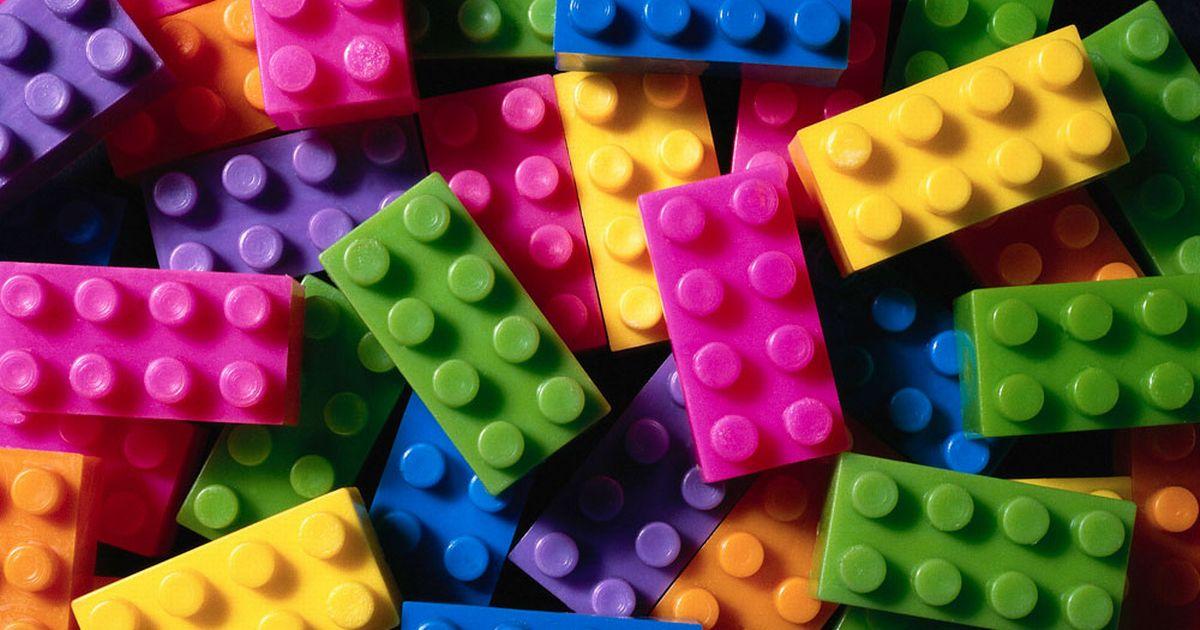
Polyethylene (PE):
Material properties: – This material can be bent or soft, depending on the density – Resistant to low temperatures – Against shocks – Does not break – It has good electrical properties – Little water absorption – Not harmful to health – Odorless
Resistant to: – acids – alkalis – oils – water – alcohol – gasoline – organic solvents – fruit juice
Not resistant to: – aromatic hydrocarbons – chlorinated hydrocarbons
Drying the material: – not necessary

Polypropylene (PP):
Characteristics of the material: – This material is stronger and more tolerant of temperatures than polyethylene, but it is resistant to cold – Hard – It has very good electrical properties – Not harmful to health – Odorless
Resistant to: – acids – alkalis – oil solutions – salt solutions – alcohols – gasoline – fruit juice
Not resistant to: – chlorinated hydrocarbons – should not be in contact with copper
Drying the material: – not necessary
Reboot: The feather can be played at 100%.

Polyamide PA:
Material properties: – Dry in conditions of equilibrium humidity (2% – 3%) – Brittle in dry conditions – Hard – Rigid – Corrosion resistant – Easy to color – Can be bonded and welded
Resistant to: – petrol– alkalis – oils – gasoline – solvents – hydrocarbons – esters – ketones – water
Not resistant to: – ozone – hydrochloric acid – sulfuric acid – hydrogen peroxide
Drying the material: – Polyamide is bad for absorbing water and to ensure ease of formation. The material should be dried for 16 hours at a temperature of 80 C.
Reboot: Feather can be played by 10-20%

Polyacetal (POM):
Material properties: – hard – rigid – unbreakable – has accuracy in dimensional stability – little water absorption – not harmful to health.
Resistant to: – weak acids – weak alkalis – oils – alcohols – petrol– gasoline.
Not resistant to: – oxidizing materials – strong acids.
Drying the material: – preferably for two hours at a temperature of 110 C
Reboot: The feather can be played at 100%.
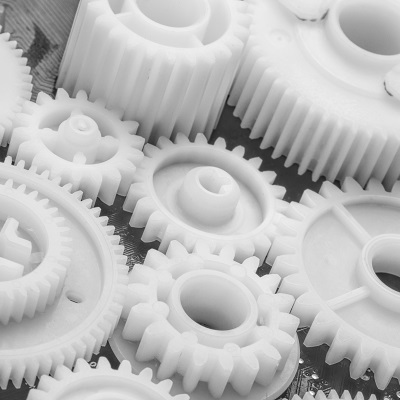
Polycarbonate (PC):
Material properties: – hard – dry – withstand shock even at a temperature of 100 C. It has high stability in shape – clear – not harmful to health
Resistant to: – oils – gasoline – mild acids – alcohols
Not resistant to: – strong acids – petrol
Drying the material: – It must be dried for 8 hours at a temperature of 100-120 m
Reboot: The feather can be played by 20%

Polymethyl methacrylate (PMMA):
Material properties: – hard – brittle – has high strength – clear as glass, has a high optical value – has a high luster – highly resistant to weather conditions – can be colored easily – harmless to health
Resistant to: – weak acids – weak alkalis – oils – greases
Not resistant to: – strong acids – strong alkalis – chlorinated hydrocarbons
Drying the material: – not necessary

Polyvinyl Chloride (PVC):
Material properties: – hard – hard – transparent to opaque – able to bind – there is no objection that enabled the health aspect to the different configurations of the box
Resistant to: – acids – alkalis – oils – grease – gasoline
Not resistant to: – petrol– ketones – esters – dye removers
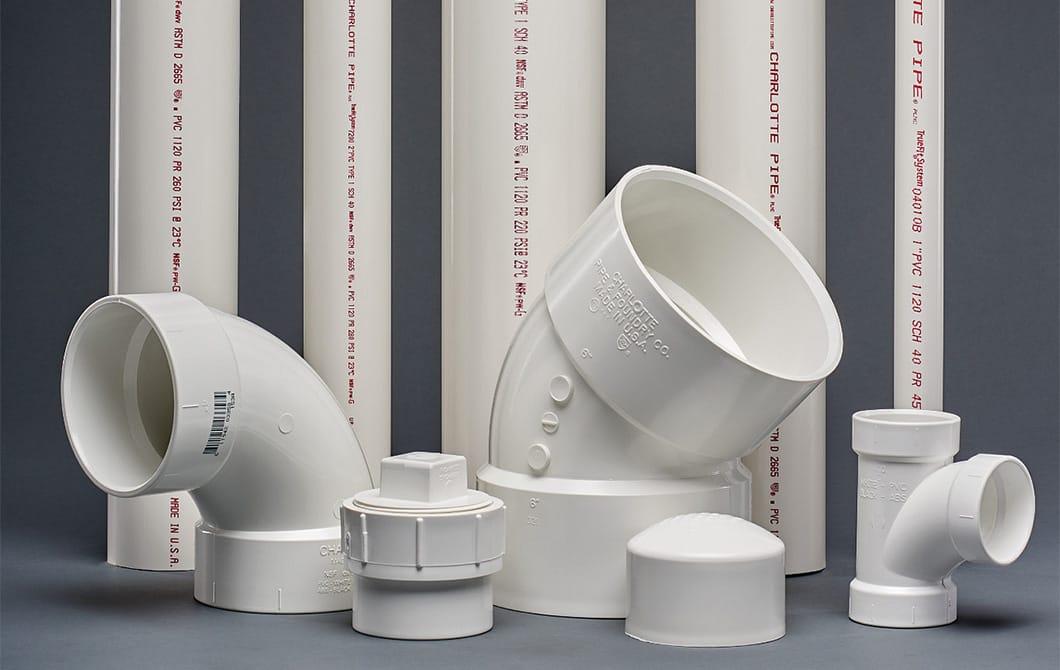
How to know the types of plastic industry
The type of plastic material can be known or distinguished by following the rapid experimental method (for common plastic materials) and the required tools are simple, only a match or a lighter, since the test depends on the burning principle, where the type of plastic material is identified by observing the color and smell of smoke, the color of the flame, and the style The solubility or incombustibility of the material

